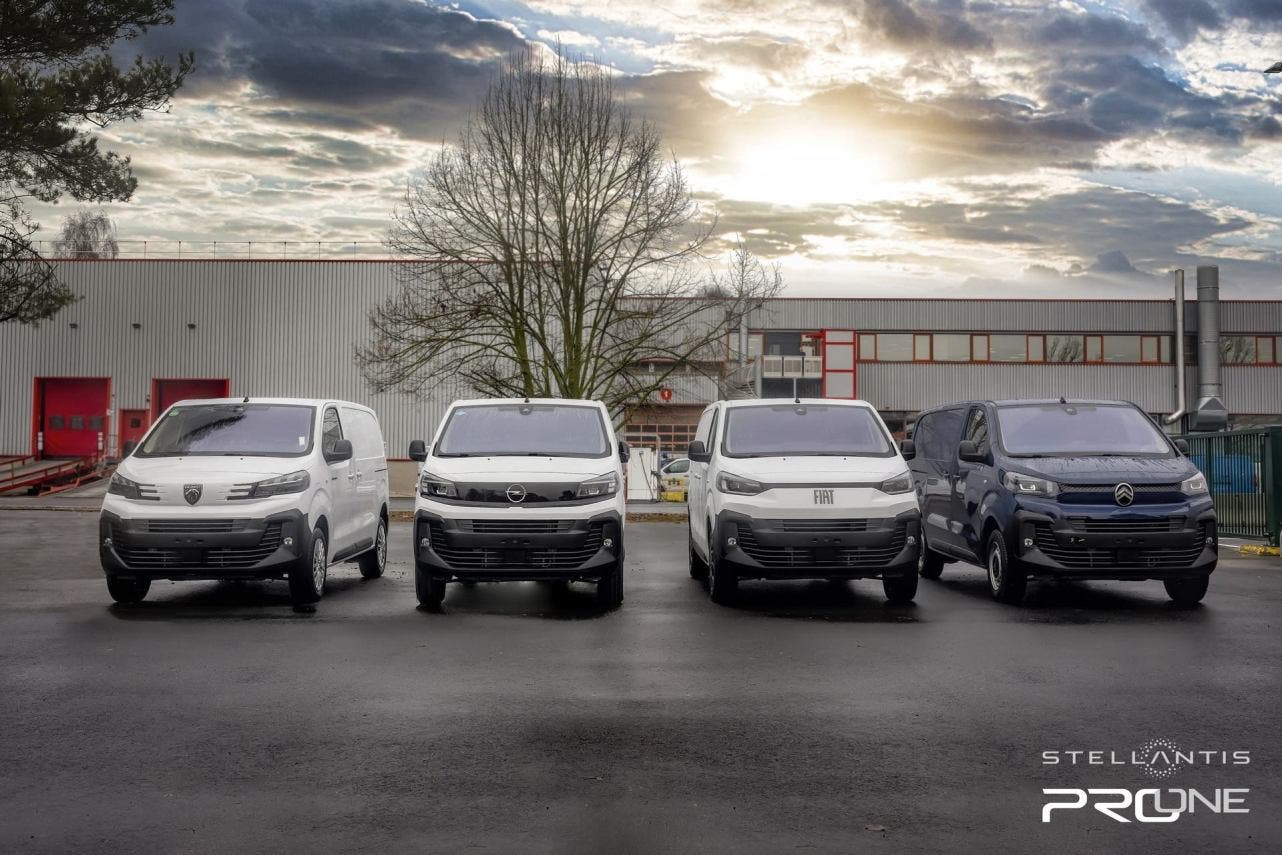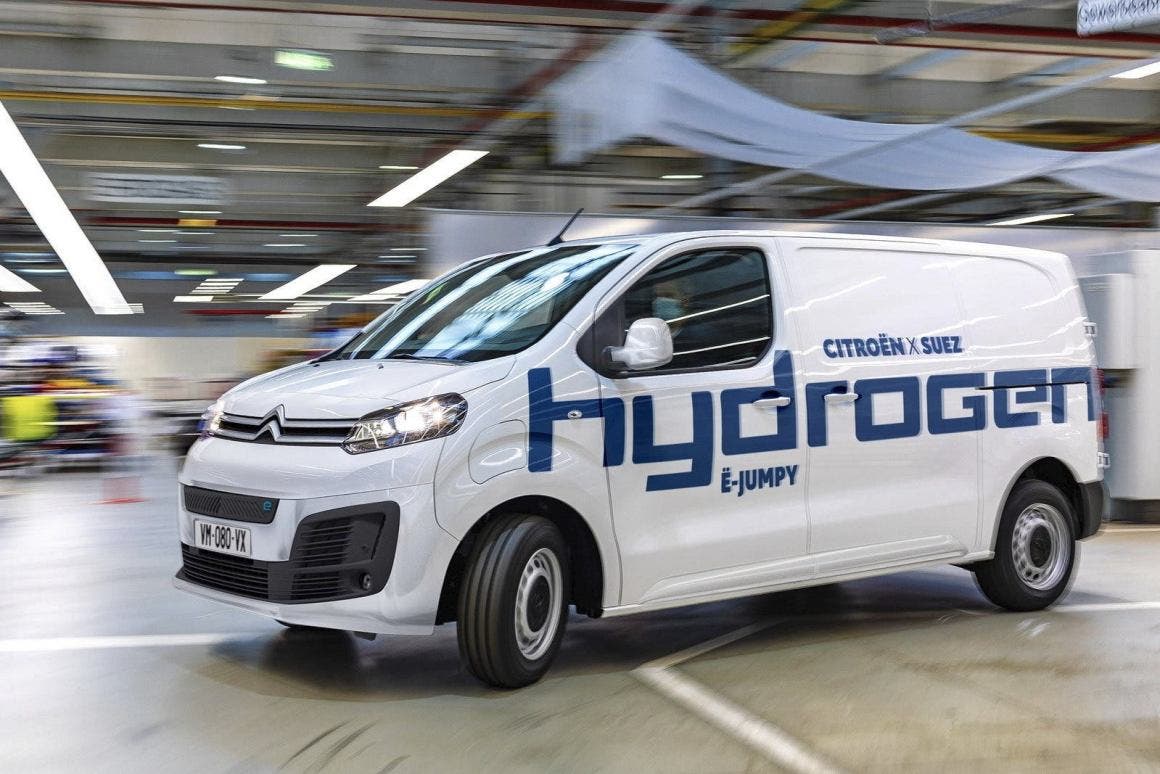Stellantis bets on hydrogen energy with fuel cells in addition to electric cars. The car group led by Carlos Tavares has announced the goal of producing 100,000 vehicles per year with fuel cell powertrains by 2030.
Stellantis ramps up hydrogen vehicle production: 100,000 vehicles by 2030
In order to offer a fleet of low-emission vehicles, different technologies are needed, and for Stellantis, batteries and fuel cells are complementary technologies as they both cover different use cases. “Hydrogen will be an essential part of the CO2-free mobility of the future. We want to offer a fully decarbonized product range in Europe from 2030 onwards. We also need this technology for that,” said Jean-Michel Billig, head of Stellantis’ hydrogen program.
Stellantis therefore plans to mass-produce fuel cell vehicles, with the goal of producing 100,000 hydrogen-powered vehicles per year by 2030. The group will focus primarily on commercial vehicles, and according to Jean-Michel Billig, Stellantis expects the market share of this technology in commercial vehicles could reach 40 percent. In recent weeks, Carlos Tavares had mentioned the use of hydrogen vehicles as an alternative to electric cars, but that this technology is still too expensive for motorists. For this reason, the group will focus more on commercial vehicles.

Stellantis has been offering mid-sized fuel cell commercial vehicles since the end of 2022, but only 350 have been sold so far, according to Die Welt. Production of larger vehicles is expected to start in Poland this year, Billig said. American production should then follow as quickly as possible, especially with the large RAM 5500. This new variant of the hydrogen pickup is expected to be produced in Mexico.
